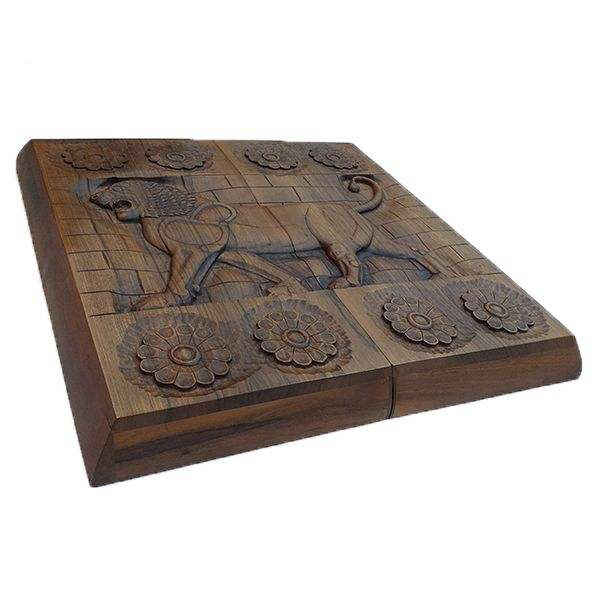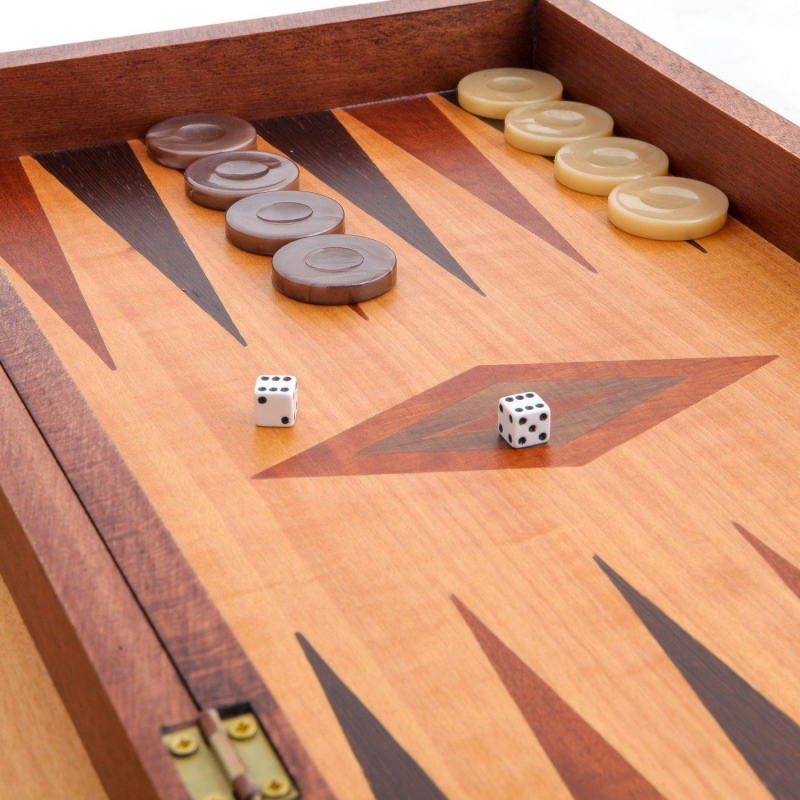Backgammon
Backgammon, one of the inventions and discoveries of the Persian civilization, was first invented in Iran in about 3000 BC. The most popular game in the broad family of table games, which includes board games that use counters and dice, is backgammon. The earliest known instance of backgammon, which is descended from the 16th-century Irish game, dates to the 17th century in England. This family of games has roots in Mesopotamia and Persia, where they have been played for about 5,000 years.
Backgammon is a two-person game in which each player has fifteen pieces. In the US, checkers are sometimes used in place of the original term "men," which is short for "table." By rolling two dice, these pieces move along twenty-four "points." To maneuver the fifteen pieces around the board and be the first to bear off, or remove them from the board, is the goal of the game.
The game of backgammon combines skill and chance (from rolling dice). The dice may decide the result of a single game, but over the course of several games, the better player will build up the superior record. Players must select from a variety of alternatives for moving their pieces with each roll of the dice and predict potential countermoves from the opposition. Players can increase the stakes at any time throughout the game by using the optional doubling cube.













